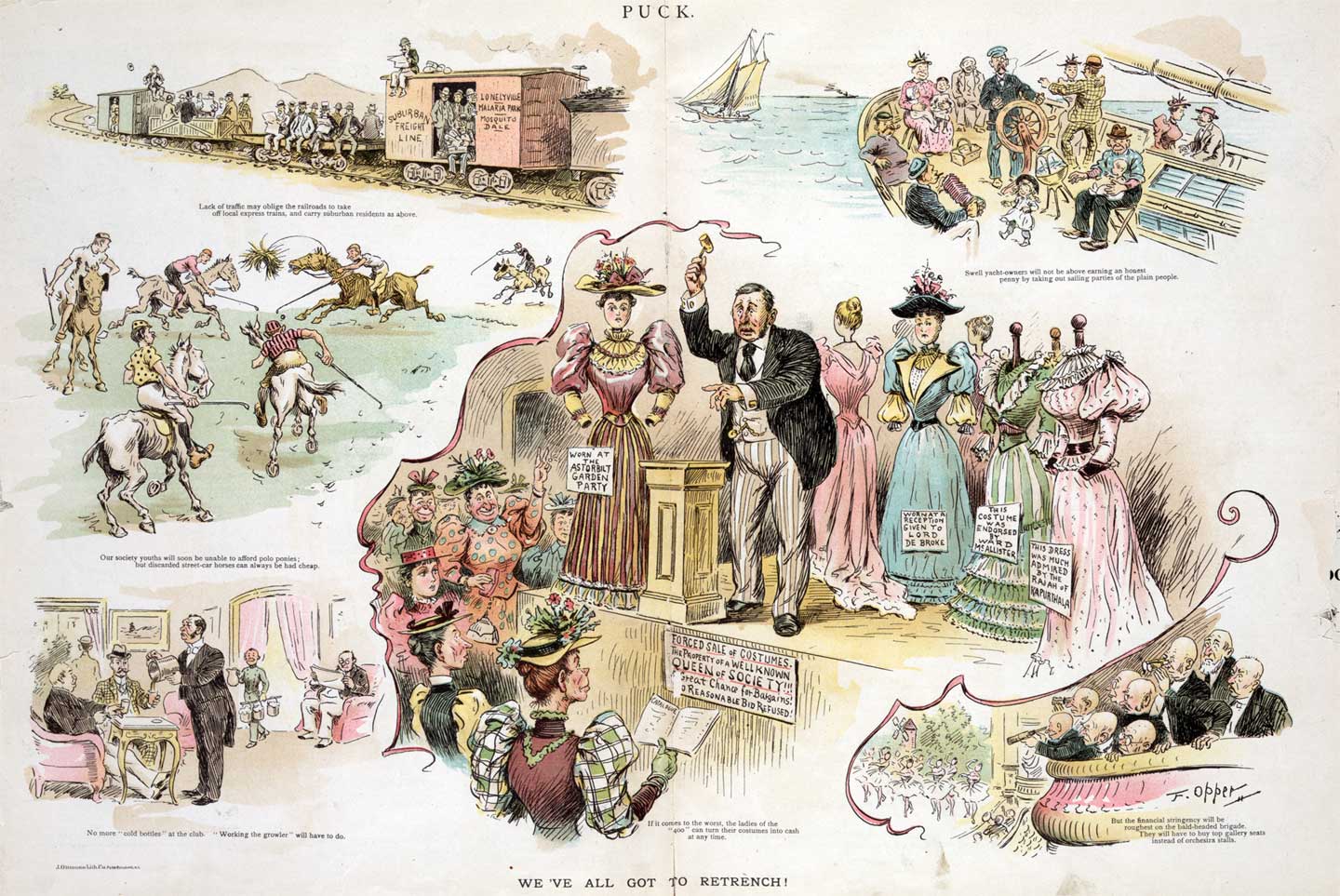Panic of 1893
 Field in Hawaii at the turn of the century
Field in Hawaii at the turn of the century
A growing credit shortage created panic, resulting in a depression. Over the course of this depression 15,000 businesses, 600 banks, and 74 railroads failed. There was severe unemployment and wide-scale protesting, which in some cases became very violent.
The economic collapse of the Philadelphia and Reading Railroads was the first step toward the Panic of 1893. A growing depression in Europe resulted in British investors selling their American investments and redeeming them for gold. This fostered a growing American gold loss, creating a panic. There was a run on the banks and over 500 were forced to close
By May 15, stock prices reached an all-time low. Many major firms; such as the Union-Pacific, Northern-Pacific and Santa Fe railroads; were forced to declare bankruptcy. Unemployment steadily grew, rising from 1 million in August 1893 to 2 million by January 1894 By the middle of the year, the figure had reached 3 million.
The government had no plan to end the economic panic. President Cleveland blamed the Sherman Silver Act and Congress repealed it, but that had little impact. Most relief for those without jobs was provided by local voluntary organizations, who were quite overwhelmed by the need.
 >
>